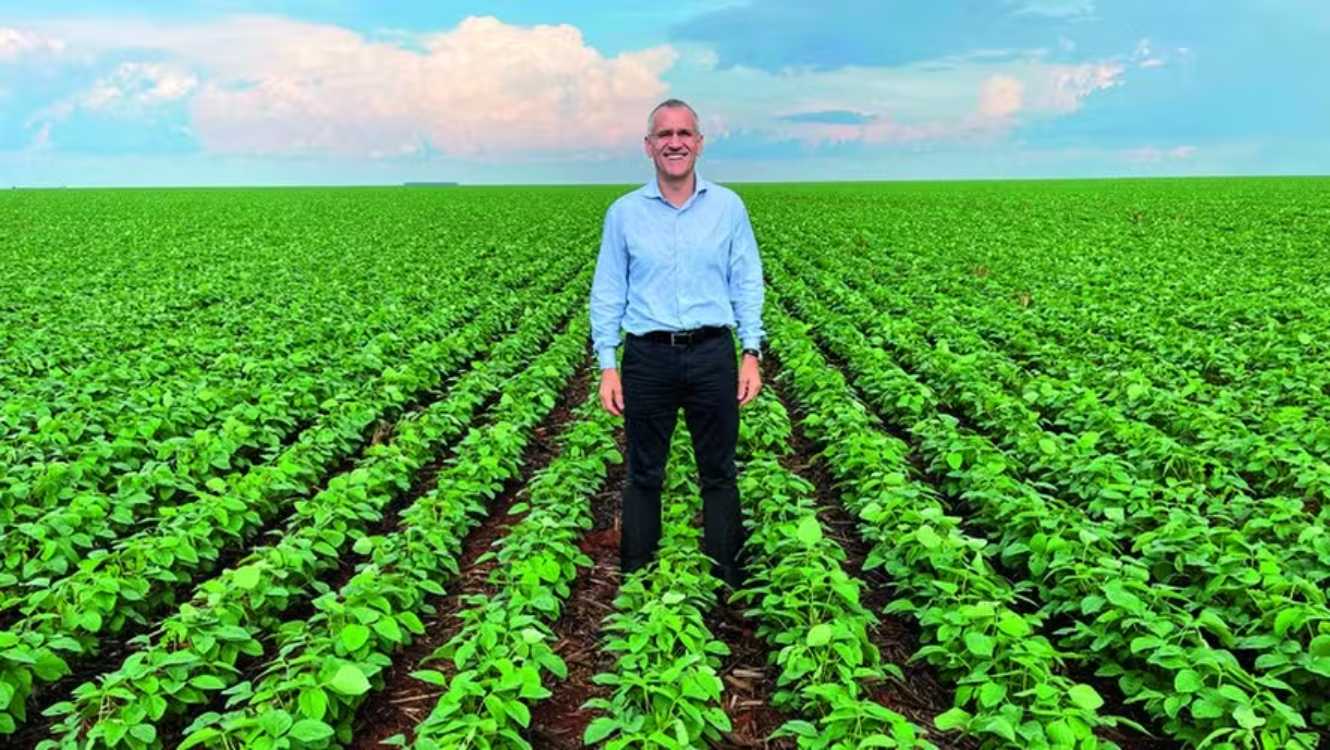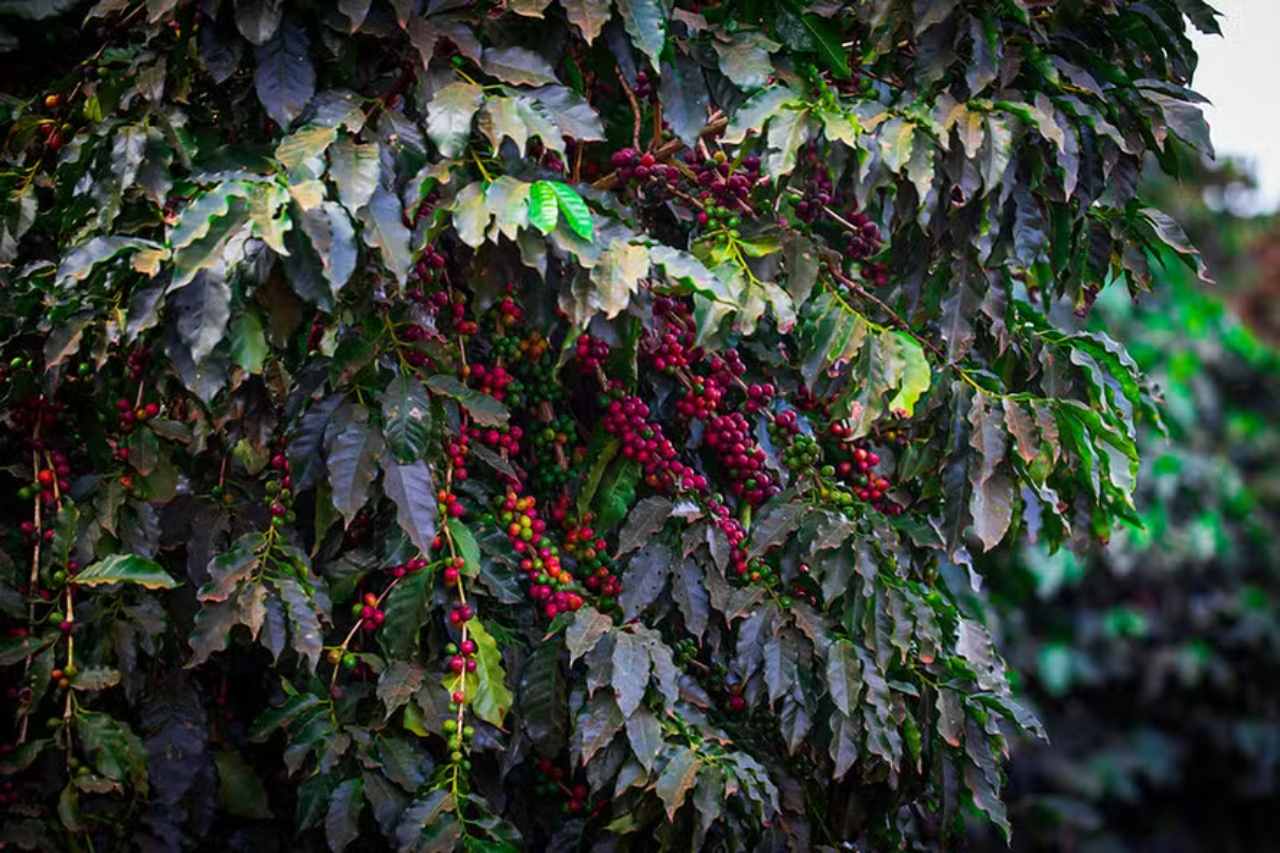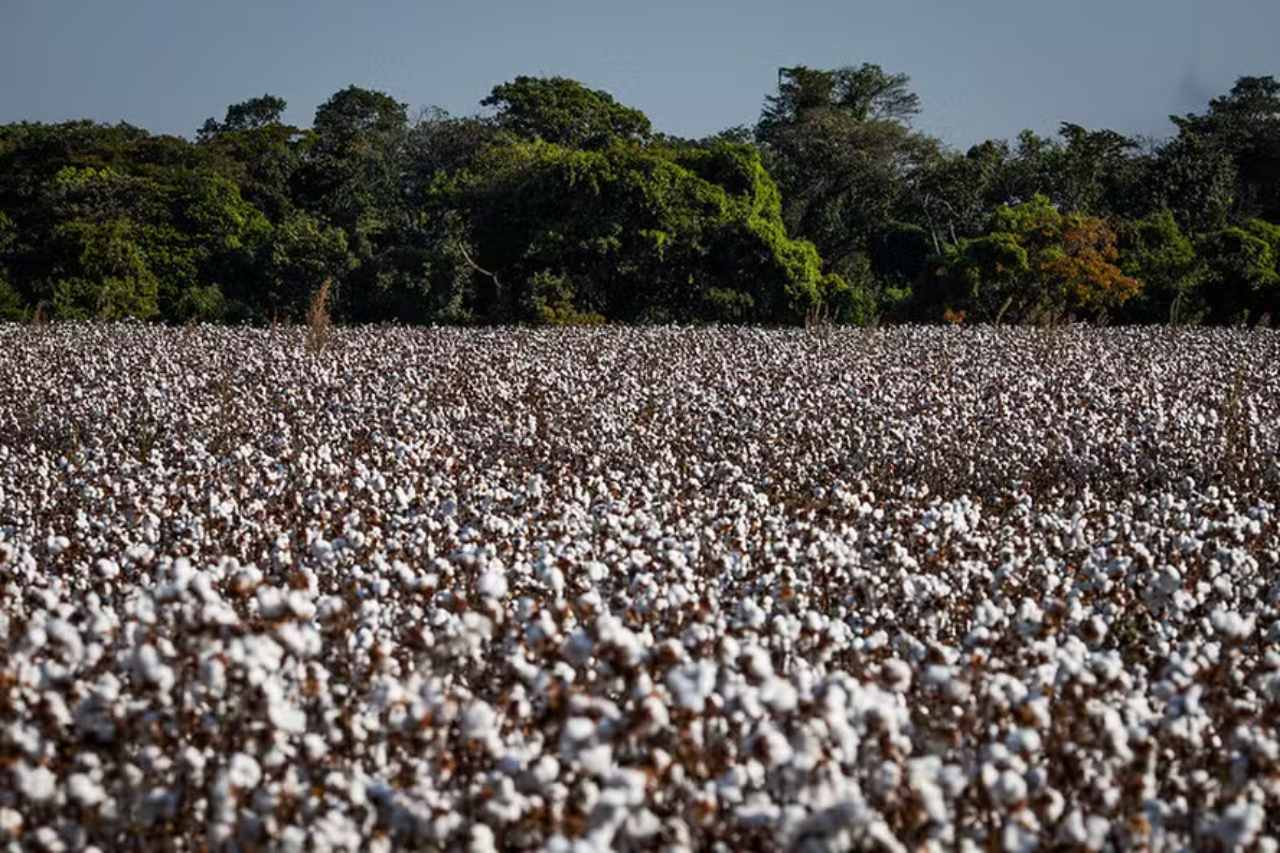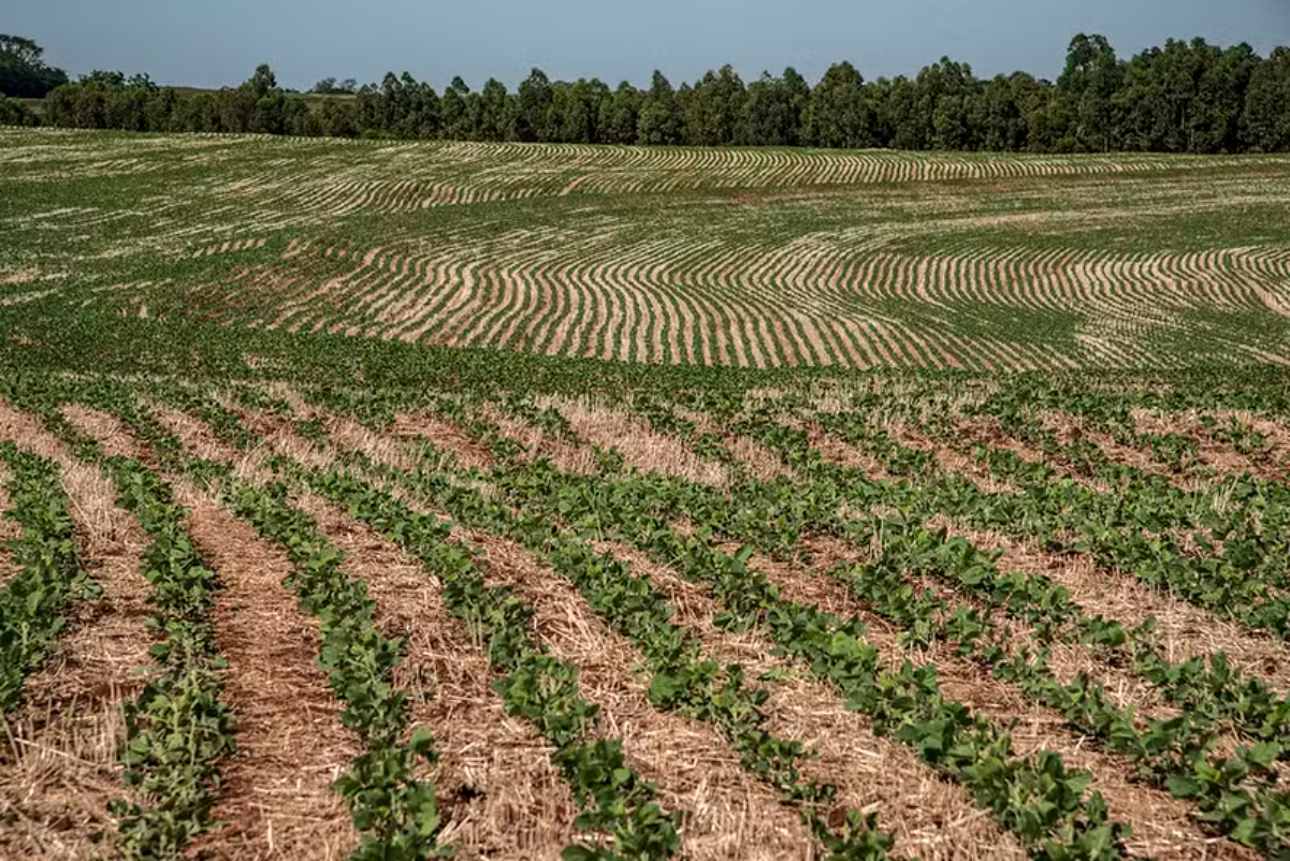The company has already started purchasing inputs for the 2025/26 cycle
The outlook for the 2025/26 grain harvest is of tighter margins, with commodity prices still under pressure due to global stocks and production costs showing no signs of decreasing. In this environment, sector companies will need to take advantage of price increases and favorable exchange rates to lock in their sales and secure better results. This evaluation was made by Aurélio Pavinato, CEO of SLC Agrícola, during a conference call with market analysts and investors.
The company has already begun purchasing inputs for the 2025/26 cycle, securing 80% of its potassium chloride needs and locking in 33.7% of the expected soybean production for the period at $11.30 per bushel.
Pressure on Soybean Prices
“The pressure on soybean prices is expected to persist during the 2025/26 harvest, so I think it’s wise to lock in prices in advance,” said Pavinato.
He noted that the production cost of soybeans in the United States, the world’s largest producer, is expected to stay between $9.50 and $10 per bushel, with prices above $11 per bushel being considered “adequate” for remunerating producers.
Pavinato also mentioned that the global fertilizer basket is currently priced in line with the historical average. Compared to pre-pandemic prices, fertilizers are 20% more expensive. However, considering the accumulated inflation of 20.9% during this period, the price of fertilizers aligns with pre-pandemic levels, which were considered low.
“I believe the United States has very little room to reduce production costs,” stated Pavinato. In Brazil, profit margins will depend heavily on farm productivity, exchange rates, and the timing of cost fixation, according to the executive. He also pointed out that SLC purchased 80% of its potassium needs for the 2025/26 harvest at historically low international market prices. “We purchased potassium for the 2025/26 harvest at a lower price than what we locked in for the 2024/25 harvest,” he affirmed.
Profitability Expectations
Pavinato expects SLC to achieve a profitability similar to the 2024/25 harvest in the 2025/26 cycle, both of which are expected to outperform the 2023/24 cycle.
SLC ended the third quarter with a net margin of -1.1%, compared to 10.1% in the third quarter of 2023. Adjusted EBITDA margin was 28.4%, down from 29.8% a year earlier.
The company reported a loss of R$ 17.3 million in the third quarter, compared to a profit of R$ 167.3 million in the same period last year. Revenue decreased by 1% to R$ 1.63 billion.
Sales Projections
SLC Agrícola expects to sell 1.4 million bags of soybean seeds (200,000 seeds per bag) in 2025, a 12% increase from this year’s forecast. This volume includes sales to third parties and internal consumption.
For cotton seed sales, the estimate is 145,000 bags, a 1.2% increase compared to 2024.
Soybean Productivity
The company reported that soybean planting for the 2024/25 harvest was done within the optimal window for the oilseed, despite delays at the start of planting.
“We started planting later in Mato Grosso, but we caught up. In other regions, such as Mato Grosso do Sul, Goiás, Bahia, and Maranhão, planting occurred at an excellent time. So far, our soybean fields are showing maximum potential, and we expect normal weather conditions for the harvest,” said Pavinato.
The company has already planted 77.5% of the soybean area forecast for the 2024/25 cycle, which will cover 378.3 thousand hectares, an 18.2% increase over the 2023/24 harvest area.
The executive observed that harvesting is expected to be concentrated in Mato Grosso in the second half of January, which increases the risk of losses if heavy rainfall occurs during this period.
Cotton and Corn
For the 2024/25 cycle, cotton planting area was expanded by 1.8% to 192.1 thousand hectares. The corn area increased by 25.9%, to 119.8 thousand hectares. Total planted area grew by 11%, to 734 thousand hectares. Regarding the 2025/26 cycle, the executive stated that the company plans to maintain its historical average growth rate of 5-6% per year, but this will depend on cost-effective expansion opportunities that arise.
Ivo Marco Brum, SLC’s CFO and Investor Relations Director, stated that the company may eventually increase its leverage ratio (the ratio of net debt to EBITDA) from 2x to up to 3x next year, with new funding for investment in expanded planting areas. “Now is a very favorable time to grow. Available land prices are better,” said Brum.
Commodity Prices
Regarding commodity prices, Pavinato said he expects corn and cotton prices to remain at similar levels to the current ones.
For cotton, SLC managed to lock in contracts at 76.82 cents per pound. Soybeans were negotiated at $11.76 per bushel, and corn at R$ 50.81 per sack. The company has already secured 63.6% of its soybean sales, 44% of its cotton production, and 18% of its corn.
Lower Production Costs
The company also reported lower production costs for the 2024/25 harvest.
SLC noted a 5.2% reduction in the cost per hectare, averaging R$ 6,666 per hectare. The cost decreased by 2.9% for cotton, 8.3% for soybeans, and 7.8% for corn.
Trump’s Impact
When asked about the potential for higher soybean prices next year due to a new trade war possibly triggered by U.S. President-elect Donald Trump, Pavinato said that everything will depend on the intensity of the U.S.-China trade war.
“The commodity market today is very different from what it was when Trump began the trade war in 2018. China is much more stocked and depends much less on the U.S. than it did in the past,” evaluated Pavinato.
The executive pointed out that in the 2017/18 harvest, 30% of China’s soybean imports came from the U.S. In the latest harvest, it was 20%. China used to import 46% of its cotton from the U.S., now it’s 33%. The soybean stock at that time was 30 million tons; today, it is 46 million tons.
“Our view is that the trade war will be less severe and will have less of an effect on Brazil than in 2018,” Pavinato concluded.
Soy Moratorium
When asked by investors about the impact of a new law sanctioned in Mato Grosso that directly affects companies participating in the Soy Moratorium, Pavinato said the impact should be minimal.
The Mato Grosso government has enacted a law that prohibits granting incentives to companies that participate in national or international agreements that impose restrictions on the expansion of agricultural activities in areas not protected by specific environmental legislation.
“In our view, the Soy Moratorium will not end; it will continue to exist. In fact, the European Green Deal is likely to impose an even stronger moratorium,” said the executive. The European Parliament will vote on Thursday (14) on the proposal to postpone the European Union’s anti-deforestation law (EUDR), which aims to ban the importation of products from deforested areas after December 31, 2020.
“Europe will not import soy from deforested areas, regardless of the political definition we have in our country. The practical effect will be very small, in our view. The price of land will not fluctuate significantly because of this,” Pavinato concluded.





